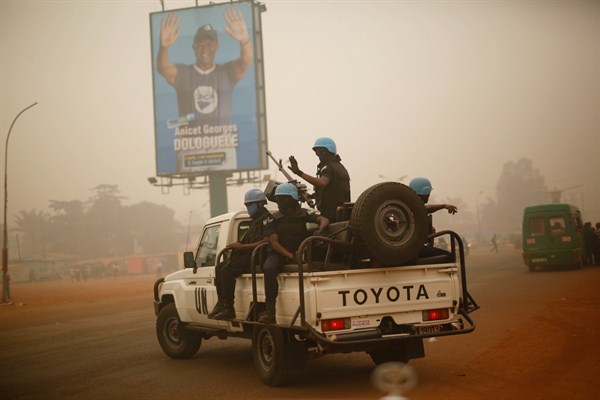Editor’s Note: Every Friday, WPR Senior Editor Robbie Corey-Boulet curates the top news and analysis from and about the African continent.
It was a rare example of a protest in the Central African Republic that managed to get the world’s attention, however briefly. On Wednesday, demonstrators placed at least 16 dead bodies outside the offices of the United Nations peacekeeping mission in the capital, Bangui. The demonstrators said the dead were civilians killed by U.N. peacekeepers during recent operations in a mostly Muslim neighborhood of Bangui known as PK5.
For the past several years, the Central African Republic has been mired in a conflict whose divisions fall along religious lines. In 2013, the majority Muslim Seleka rebel group toppled the government of Francois Bozize and installed its own leader, Michel Djotodia, as head of state. Human rights abuses committed by the Seleka, however, prompted reprisals by the majority Christian anti-Balaka militia, and Djotodia, under international pressure, resigned and fled the country in 2014.

